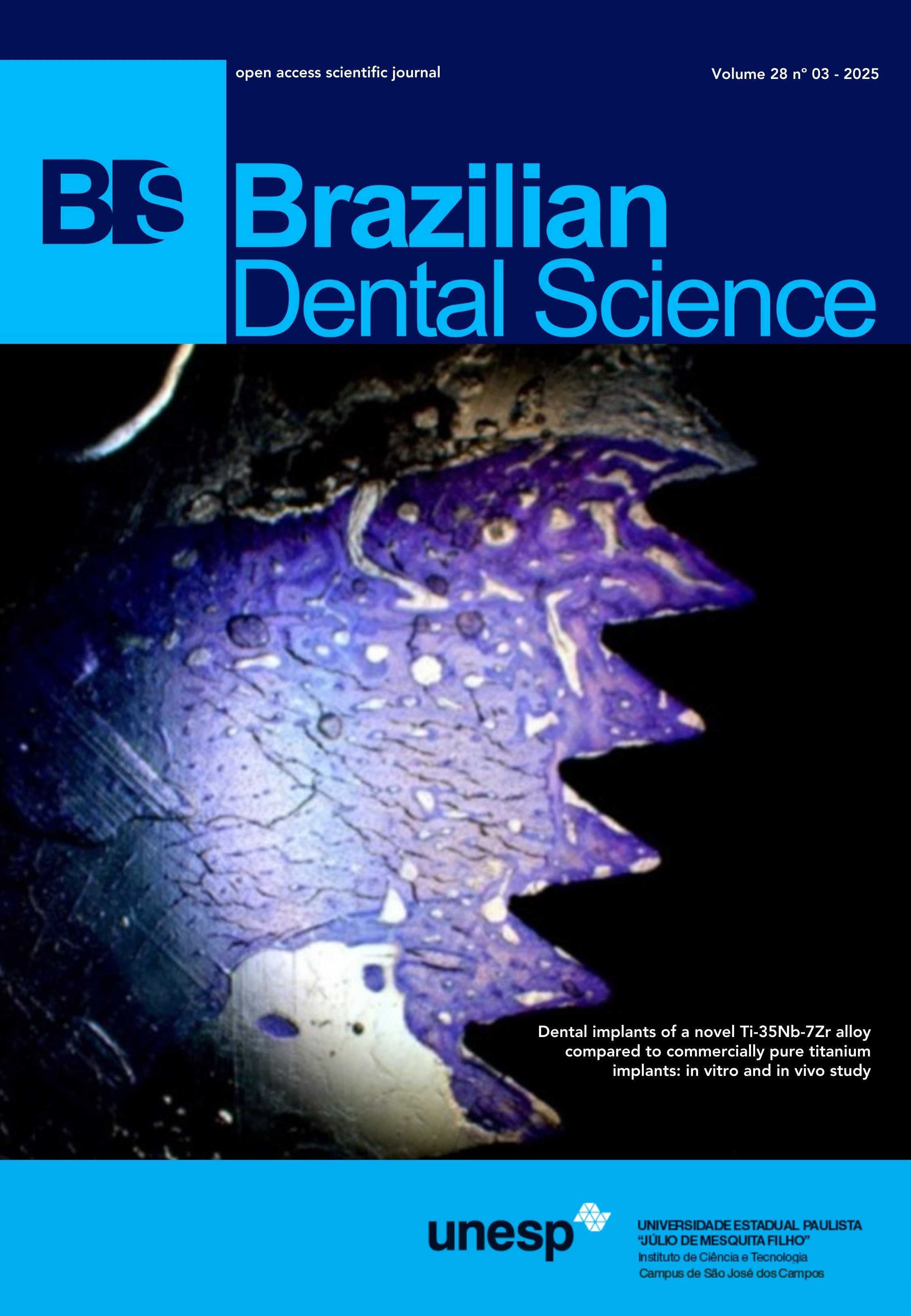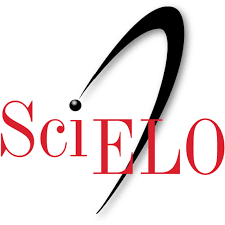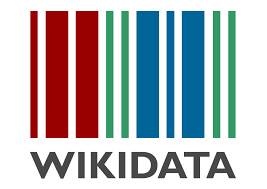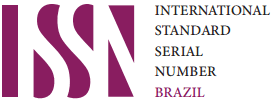Evaluation of the extrinsic characterization layer of zirconium-infiltrated lithium silicate glass ceramic
DOI:
https://doi.org/10.4322/bds.2025.e4799Abstract
Objective: To evaluate the effects of the extrinsic characterization process on the optical properties and roughness of zirconium-infiltrated lithium silicate glass-ceramic. Material and Methods: Twenty-four Disc-shaped samples (Ø=12 mm and 1.2 mm in thickness) were divided into two groups (n=12): “Without Characterization” (C) – control group, and “With Characterization” (CC). Surface topography (Ra) was analyzed using a contact profilometer, color and translucency were evaluated using a spectrophotometer. The samples were subjected to aging in red wine for 15 minutes over 30 days. After aging, the tests were repeated. Two-way ANOVA, and Tukey’s 5% test were applied to roughness and translucency. The Kruskal-Wallis and Dunn’s tests were used for color analysis. Results: Roughness (Ra), color variation, and translucency were statistically affected only by the “characterization” factor (p<0.001). The CC group exhibited the highest Ra values and the greatest color variations, before and after aging. The C group, with and without aging, presented the highest translucency values. Conclusion: It was observed that characterization influenced color variations, translucency and increased the surface roughness before and after aging. Aging in red wine did not significantly affect color variation or translucency; however, it resulted in a color alteration that can be clinically perceptible. Clinical relevance: While the characterization process enhances the aesthetic customization of restorations, clinicians should be aware that it may lead to increased roughness and greater susceptibility to clinically perceptible color changes over time. These findings highlight the need for careful selection and application of characterization protocols to balance aesthetics and material longevity.
KEYWORDS
Ceramics; Color; Dental Materials; Glass ceramics; Surface roughness.
Downloads
Downloads
Published
How to Cite
Issue
Section
License
Copyright (c) 2025 Lara Viégas Faria Teixeira , Karina Barbosa Souza, Larissa Araújo Lopes Barreto , Amir Mohidin Demachkia , Natália Rivoli Rossi, Tarcisio José de Arruda Paes Junior

This work is licensed under a Creative Commons Attribution 4.0 International License.
Brazilian Dental Science uses the Creative Commons (CC-BY 4.0) license, thus preserving the integrity of articles in an open access environment. The journal allows the author to retain publishing rights without restrictions.
=================




























